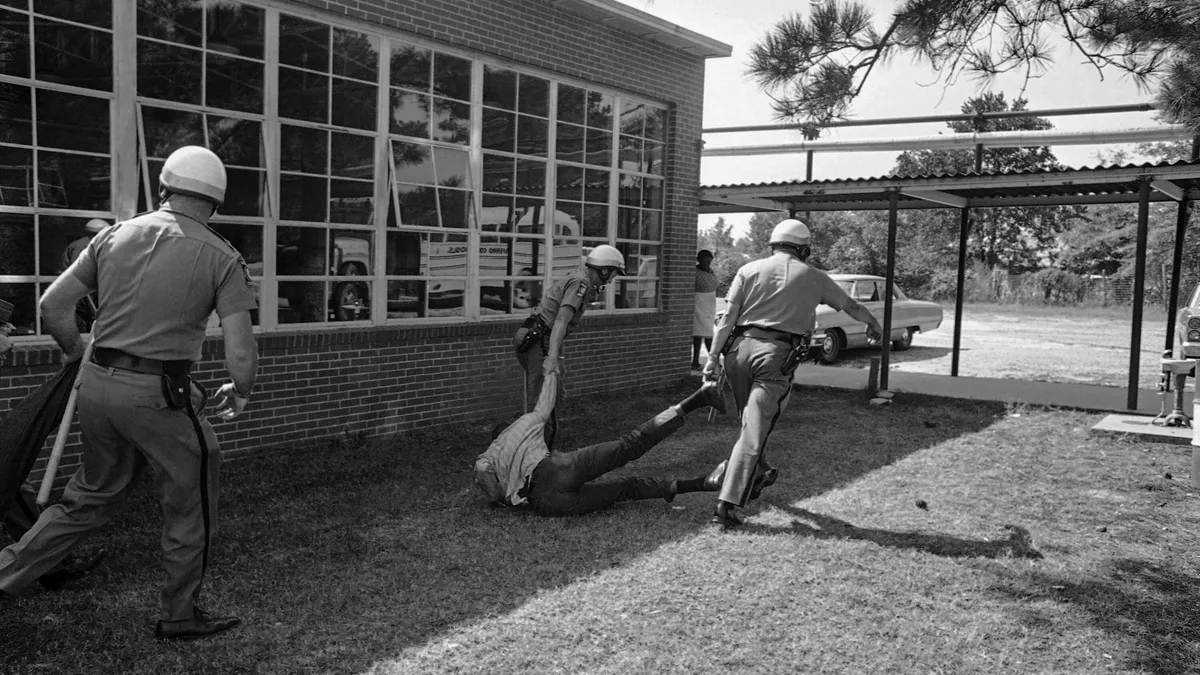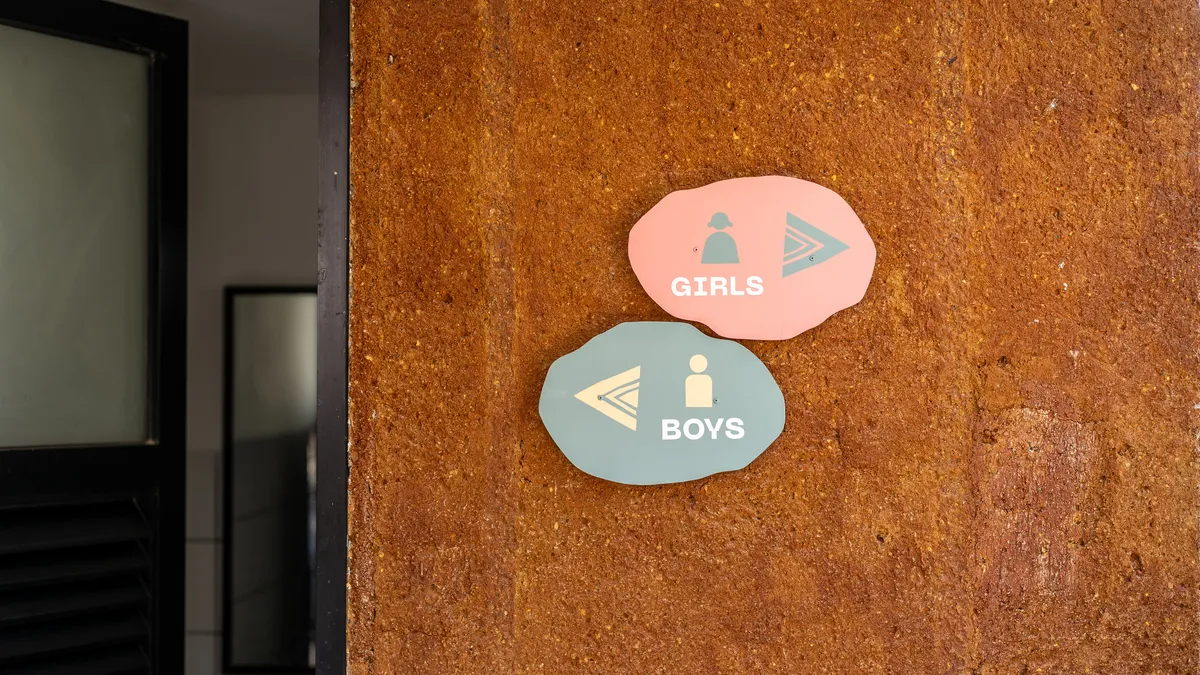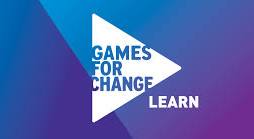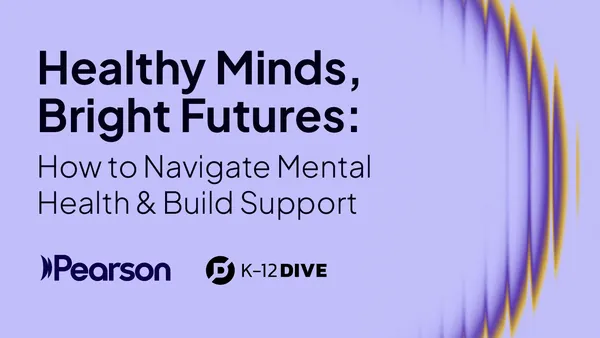Dive Brief:
- In New York City, children in wealthier districts take more entrance tests that can bring them into the pool of gifted and talented students, while poor districts do not have such resources.
- Racial and economic disparity is severe within gifted and talented programs, both in New York and across the United States.
- Despite the pervasive inequity, New York City will now be expanding its gifted and talented programs across the city in order to serve more children who have been identified, and the state's education department has suggested that the growth might be due to pre-K programs.
Dive Insight:
According to The New York Times, NYC uses both the Otis Lennon School Ability tests, which considers verbal abilities, and the Naglieri Nonverbal Ability Test to see which students are eligible for enrollment in gifted and talented programs. According to Debbie Roby, supervisor of gifted education at Lewisville Independent School District (LISD) in Flower Mound, TX, and a co-author of the book “Identifying and Serving Culturally and Linguistically Diverse Gifted Students," the Naglieri Nonverbal Ability Test is better able to identify gifted children from diverse cultural, ethnic and socioeconomic backgrounds.
That's important because, over time, identifying gifted and talented students with equity has proven difficult for many school systems and remains a problem. Nationwide, students of color are dramatically underrepresented within gifted and talented education programs.
In Lewisville ISD, more than 53,000 students spoke at least 75 languages and dialects, and not one bilingual student had been identified as gifted. She says that the use of the Naglieri Nonverbal Ability Test has helped even out the discrepancies.
Accountability might also help. Although the federal Jacob K. Javits Gifted and Talented Children and Youth Education Act of 1988 acknowledged a need for gifted learning programs, no federal definition of "giftedness" exists for states or local education agencies. A reported 35 states track their best-performing students, but the remaining 15 don’t track gifted students at all.












